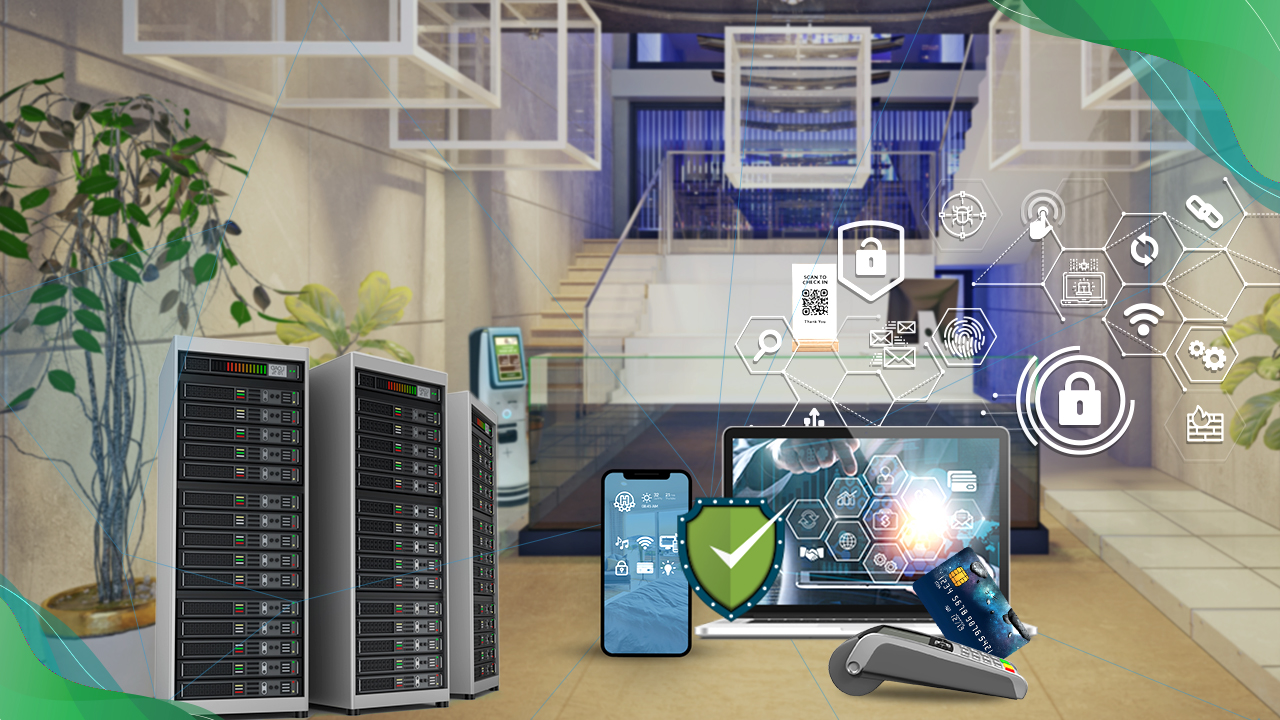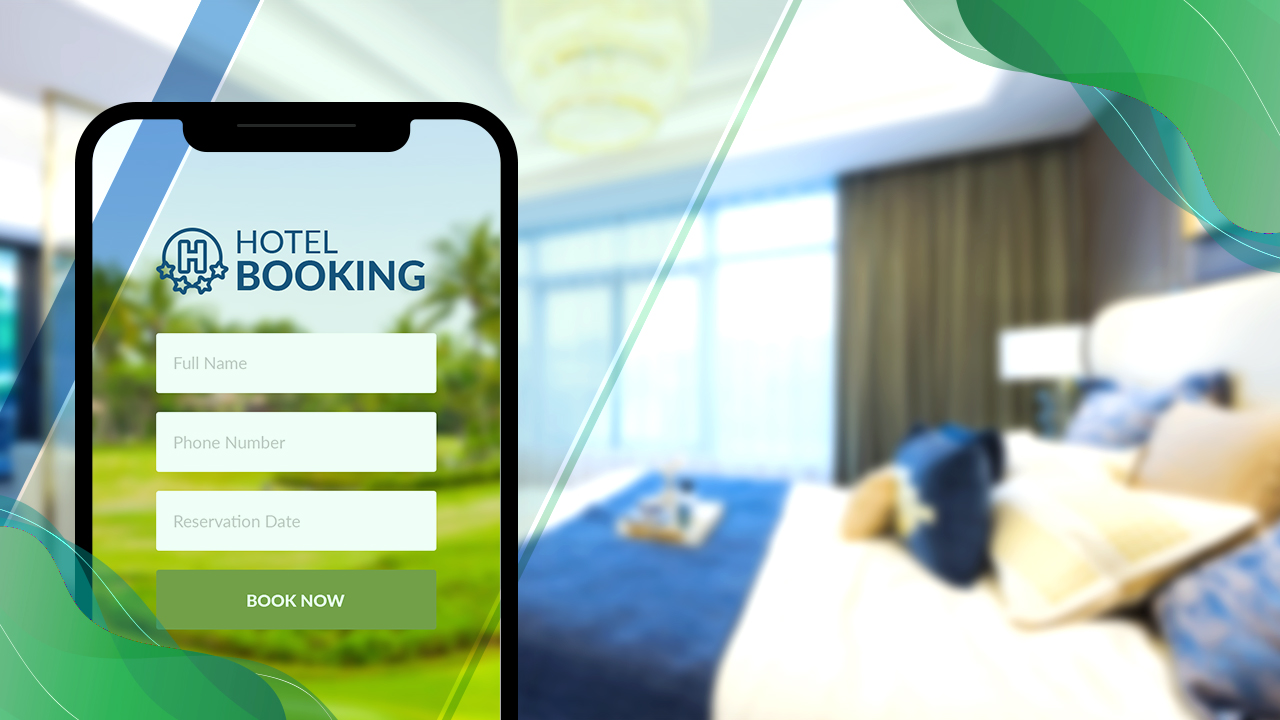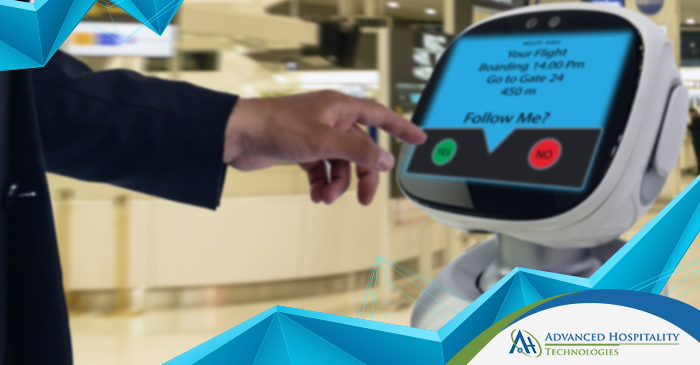The Information Technology Infrastructure Library (ITIL) is a comprehensive set of practices & guidelines designed for the effective and efficient implementation of IT service management in organizations.
These ITIL best practices inspired by the likes of IBM focus on automating hotel processes, improving guest service management, and integrating technology management into the hotel business strategy.
ITIL principles have been used throughout hospitality by successful franchises like the Marriott Group. The Marriott Group has leveraged information technology to assist with almost every aspect of their guest service experience. From breakthrough mobile apps to robotic butlers Marriott offers a unique guest technology experience across its various franchises & brands.
The modern hotelier needs to accept change, rapidly evolving home user technologies have completely changed the millennial travler’s lifestyle. ITIL is such a collection of knowledge that allows hotel & resort owners to implement premium information technology service management throughout their assets.
The ITIL Lifecycle
The ITIL guidelines discuss five very important stages of successful IT service management in hotels & resorts. Prominently referred to as the ‘ITIL Lifecycle’, these five stages lay the core foundations of the ITIL best practices. These are:
- Service Strategy
- Service Design
- Service Transition
- Service Operation
- Continual Service Improvement
ITIL Service Strategy Begins with Professional Tech Gap Analysis
The service strategy lies within the center of the service lifecycle for any business integrating IT into its operations. For hotels & resorts too, this is a strategic aspect of modern day hospitality management.
The ITIL guidelines indicate that real value creation must begin at the heart of the guest service lifecycle, through intricate understanding of business objectives and guest needs. This is where professional technology gap assessments come in, the first step to understand and identify the service strategy.
The technology gap analysis provides a clear picture for hotels and resorts to view their IT service management as a strategic business process. Gap analyses identify the entire guest service management system, providing critical insights for developing technology management policies, guidelines, and processes to implement the ITIL lifecycle.
Tech gap analysis can provide leading insights into developing new marketspaces, vendors, state of existing service technology, and describing the service portfolio. These assessments also look at the broader areas of hospitality business that include:
- Business Relationship Management
- Sales & Marketing Management
- Revenue Management
- Hotel & Resort IT Development
- Strategic Business Risk & Liability Management
Five Top Benefits of Implementing the ITIL Best Practices in Hotels & Resorts
Businesses across the world are already reaping unique benefits of enacting the ITIL framework in their organizational systems. Hotels and resorts can massively benefit from ITIL best practices, while delivering delightful guest experiences at the same time.
Professional ITIL implementation offers hotels and resort owners great competitive advantages, in addition to making service delivery faster and quality better. Here are five benefits that hotel owners have identified after ITIL integration in their assets:
- Enhanced synergy between IT and properties
- Faster service delivery and elevated guest satisfaction
- Cost savings through improved application of IT resources
- Proactive management of business risks and service liabilities
- Robust & stable service environment to encourage constant business change
Conclusion
I hope you found this edition of our blog resources in your search for better technology management and IT solutions. For more information feel free to interact with our professional team of technology managers over Live Chat now.
For more hotel technology management insights, trends, news, opinions, and trending solutions visit us again. Until next time, see you again soon.




